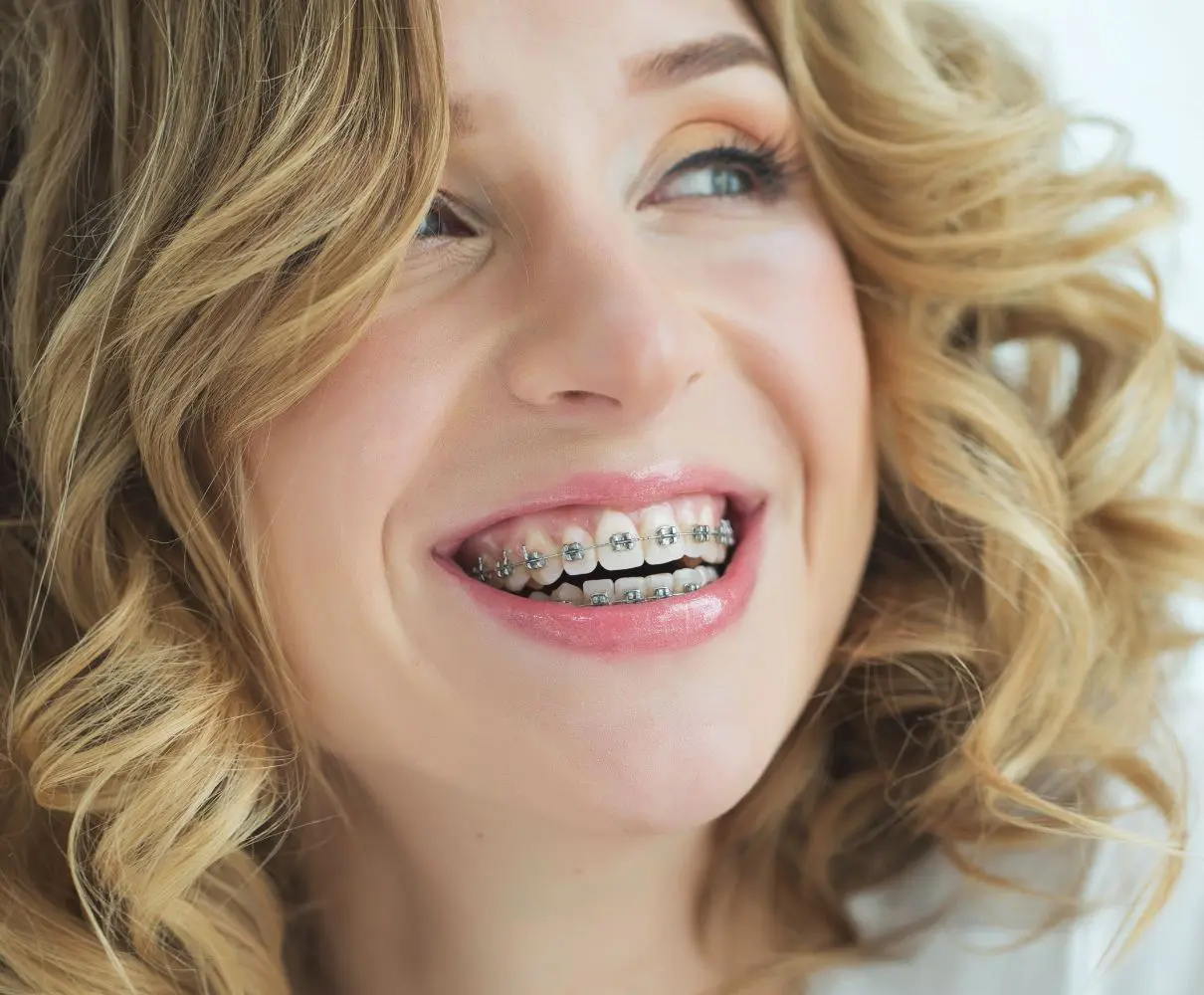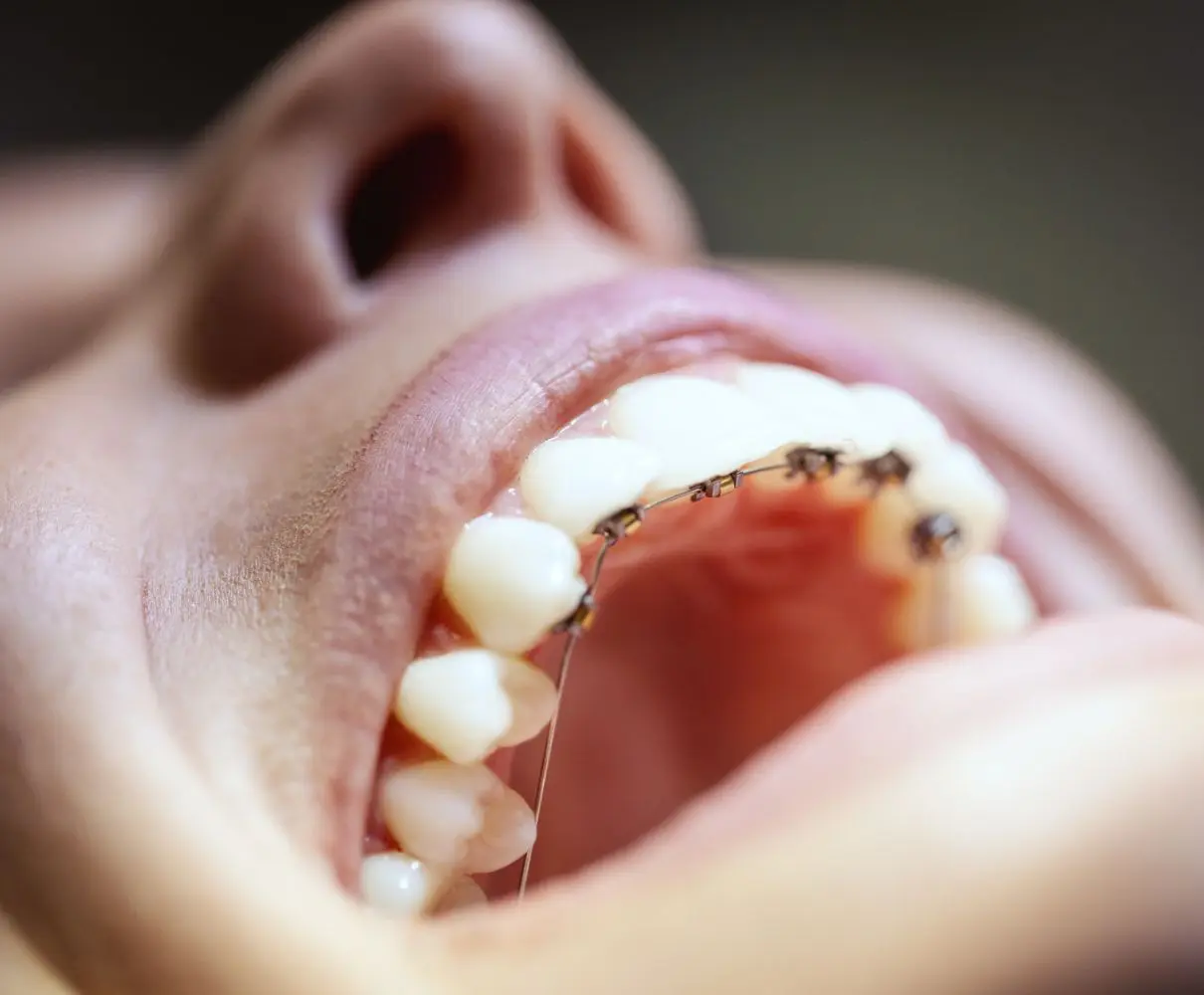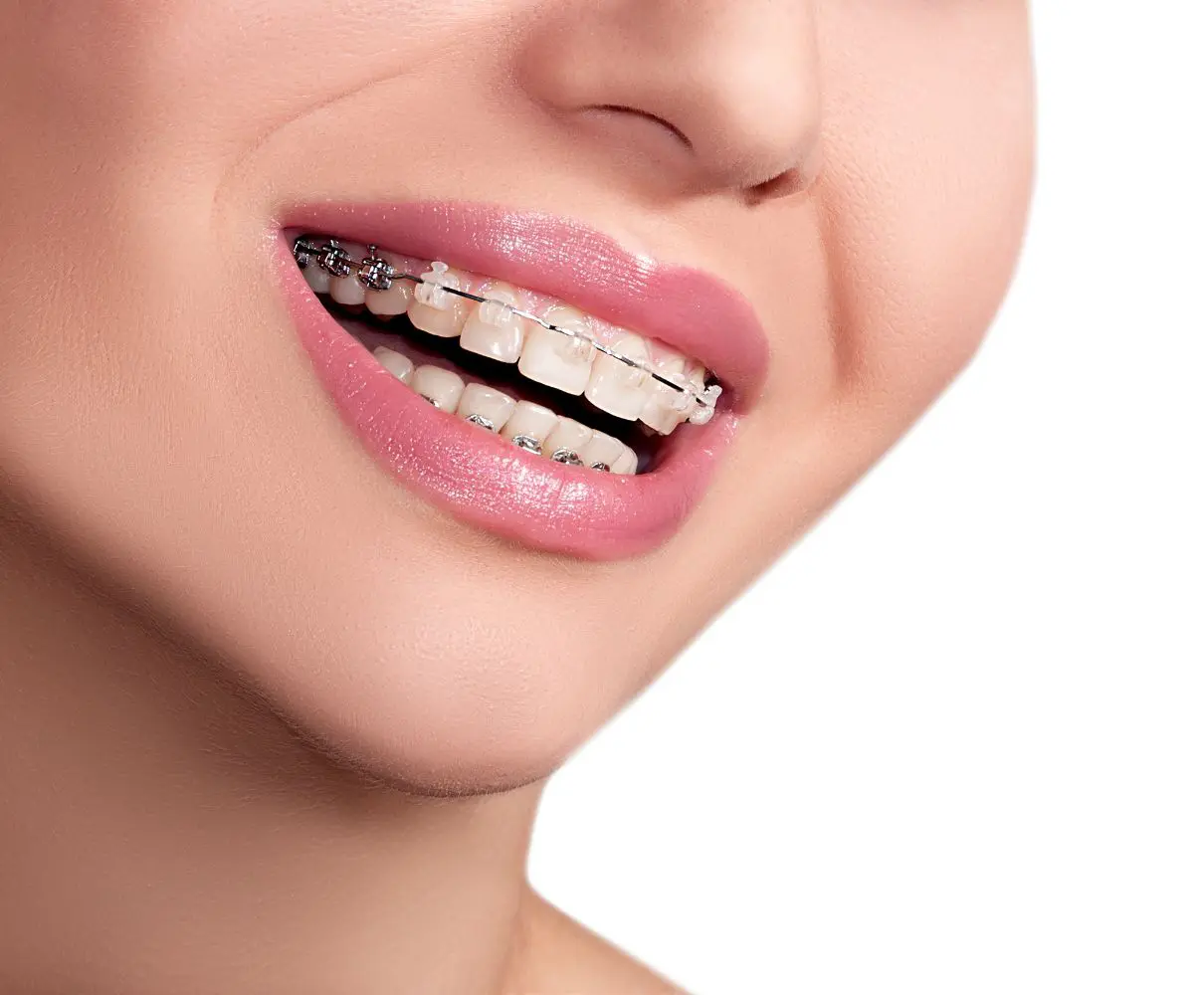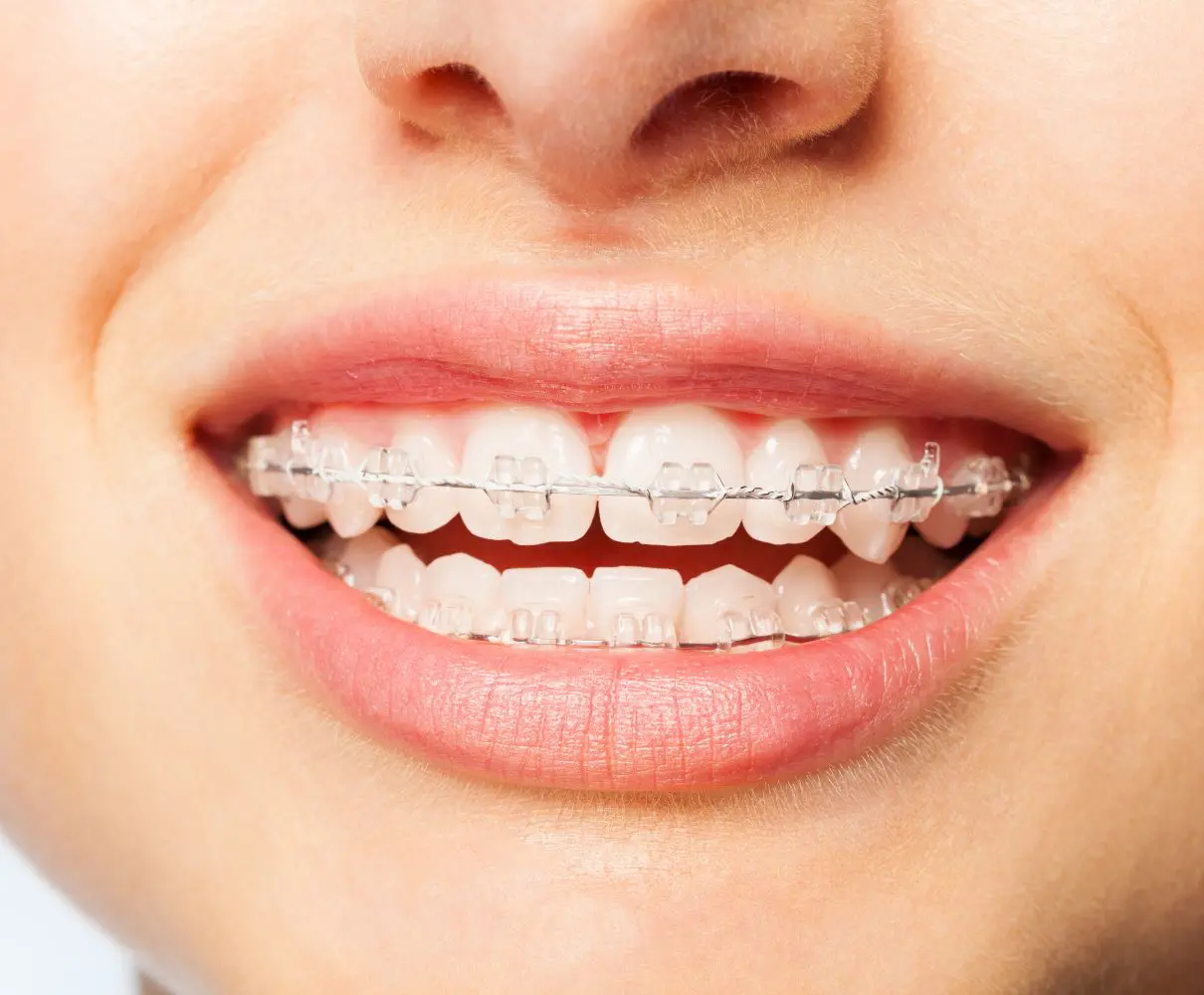Types of Orthodontic Appliances/Braces
Should I choose a board certified orthodontist?
(vs. a dentist or non board certified orthodontist?)
For many people, regardless of age, considering orthodontic treatment can be a daunting process. With all of the options available and the multitude of individual conditions that occur, deciding on what is best for you can be overwhelming. In order to help, we have compiled some useful information below.
Orthodontics is a specialty of dentistry that requires two to three years of postdoctoral university study followed by an optional but recommended, formal board certification, endorsed by the American Board of Orthodontists. Orthodontics is particularly complex, since it involves the teeth, the periodontium, the bite, the jaw, the airway, the temporomandibular joints and the stomatognathic system.
Embarking upon a course of treatment, irrespective of how minor, choose a talented, board certified orthodontist with extensive experience.
Model
Types of Braces
- Traditional metal braces eg. RMO Synergy, Damon, Ormco, Unitek, Speed, GAC and more than 20 other companies that manufacture metal braces.
- Ceramic braces
- Lingual braces (Invisible) placed on the inside surfaces of the teeth
- Removable braces (more than 20 types of removable braces).
- Clear teeth aligners eg. Straumann clear aligners, custom made proprietary aligners and Invisalign.
Which braces are the best in the world?
There are no ‘braces’ that are considered the best in the world.
Orthodontics is an art and a science. Every orthodontist is uniquely different, each with a preference for what he or she thinks is the best.
Vitally important, is to select an orthodontist with extensive experience, that loves people (you or your children), is passionate about attaining an excellent result and is willing to commit 100% to you and flexible enough to choose an appliance and approach that is individually suited to your specific condition.
What about veneers or crowns vs. orthodontic treatment?
People may be tempted to consider a “quick fix” smile with veneers or crowns. However, orthodontic treatment may be a much better solution.
Even if you do choose veneers or crowns, placing the teeth into the optimal position with a short course of orthodontic treatment, allows the restorative dentistry to be functionally correct.
Veneers or crowns placed on teeth or a bite that is misaligned can result in damage to the dentistry, teeth, periodontium and TMJ, long term.
Traditional Metal Braces

When you hear the word braces the first thing that comes to mind is traditional metal braces, famously known for their “metal” appearance and low aesthetic values.
Metal braces are made from high-grade stainless steel or in some cases titanium.
Brackets are square-shaped elements that are bonded onto the surfaces of the teeth, designed to engage an arch wire.
An archwire is a thin metal wire that inserts into the bracket and can be made and inserted to progressively move teeth over time. Archwires are available in various sizes, shapes and thicknesses with various properties eg. stiffness and shape memory.
Once archwires are placed onto the brackets they transfer a force directly to the teeth. This pressure gradually shifts the teeth in a given direction at the desired pace.
Do braces hurt?
Modern orthodontic treatment can be designed to be very gentle.
Many patients can benefit from custom made appliances that are not traditional braces. Most patients report that the mild discomfort, especially for custom made appliances, is transient and may only last a few days.
The “old fashion braces” that some adults experienced many years ago are not used at Orthodontic Center Los Angeles.
What is the optimal amount of pressure to move teeth efficiently?
Contrary to popular belief, stronger forces result in slower movement of the teeth. Stronger forces also hurt more and can be deleterious to the health of the teeth and surrounding periodontium and bone.
A gentle pressure technique that significantly reduces treatment time
Specialists at Orthodontic Center Los Angeles practice a modern modified Bioprogressive and biomimetic philosophy.
Dr. Robert Rickets, a world renown orthodontist in private practice with Dr. Richard Jacobson in Pacific Palisades, innovated a light wire technique that is much more gentle and significantly reduces overall treatment times. His BioProgressive technique and system allow teeth to be moved gently with biological remodeling of the tissues rather than the traditional technique of moving teeth with so much pressure, causing necrosis and underlying resorption of the bone.
Lingual Braces

Lingual braces are the least visible type of braces.
Specialists at Orthodontic Centre Los Angeles are highly trained and experienced with lingual braces, and enjoy using them. However, the day after the installation of the lingual braces, patients universally complain vociferously about the discomfort they experience. Since they are installed on the inside surfaces of the teeth, they impact eating and speaking, including severe sibilant and fricative distortion that patients report is difficult to get used to. Lingual braces generally result in unnecessarily longer treatment times, compared to the many other options available, despite the newest innovations, including custom brackets, wires, and ai or robotic designed appliances and treatment plans.
Self Ligating Braces

There are numerous types of “self-ligating braces”. Many companies that manufacture self ligating braces market them as better than the next company. However, self ligating braces also have inherent limitations.
One commonly known self ligating appliance is the Damon braces or appliance or system. Proponents of the Damon appliance may tout their superiority to many of the other appliances on the market.
Champions of other appliances are quick to point out the limitations of the Damon bracket and system. One example of a known limitation of many self ligating appliances on the market, is the lack of torque control when needed, compared to e.g. the Synergy appliance by RMO, that makes numerous Rx. of appliances whereby the experienced clinician can choose a preferred torque, and ligation individualized for the specific movement Rx.
Ceramic Braces

Ceramic braces are more aesthetically pleasing than traditional metal ones.
Although not completely transparent, they are manufactured in various shades which makes blending with the teeth highly efficient. In some cases, they seem barely visible. Obviously, that makes them very popular amongst young adults as well as adults.
Functionally and mechanically, ceramic braces work similarly to metal braces and are applied to the outside surfaces of the teeth.
Disadvantages of ceramic braces
Ceramic brackets do have some disadvantages over the many other options available.
Ceramic brackets are brittle and can chip, so often need to be replaced. The ceramic brace material inherently creates more friction between the wire and the bracket, resulting in less efficient movement and an unnecessarily longer overall treatment time.
Best Orthodontist in the world.
Best braces in the world.
Many companies market their braces or clear aligners as the “best in the world” and the “holy grail”. Some orthodontists claim their preferred appliance is “the best” and occasionally some orthodontists may even claim that he or she is “the best”.
But, no appliance and no orthodontist can legitimately claim to have the ultimate solution. More important is to locate an experienced, talented orthodontist that is kind, considerate, capable, committed and willing to show you a solution that is individualized for you. He or she can also offer you options, taking into consideration your anatomy, physiology, biochemistry and your preferences and personality.
Then, he or she should be capable of achieving their proposed and intended result and be willing to commit 100% to you ongoing and work with you to achieve the very best possible results.
Orthodontics is an art and a science and the appliances chosen are only a very small part of the process.
